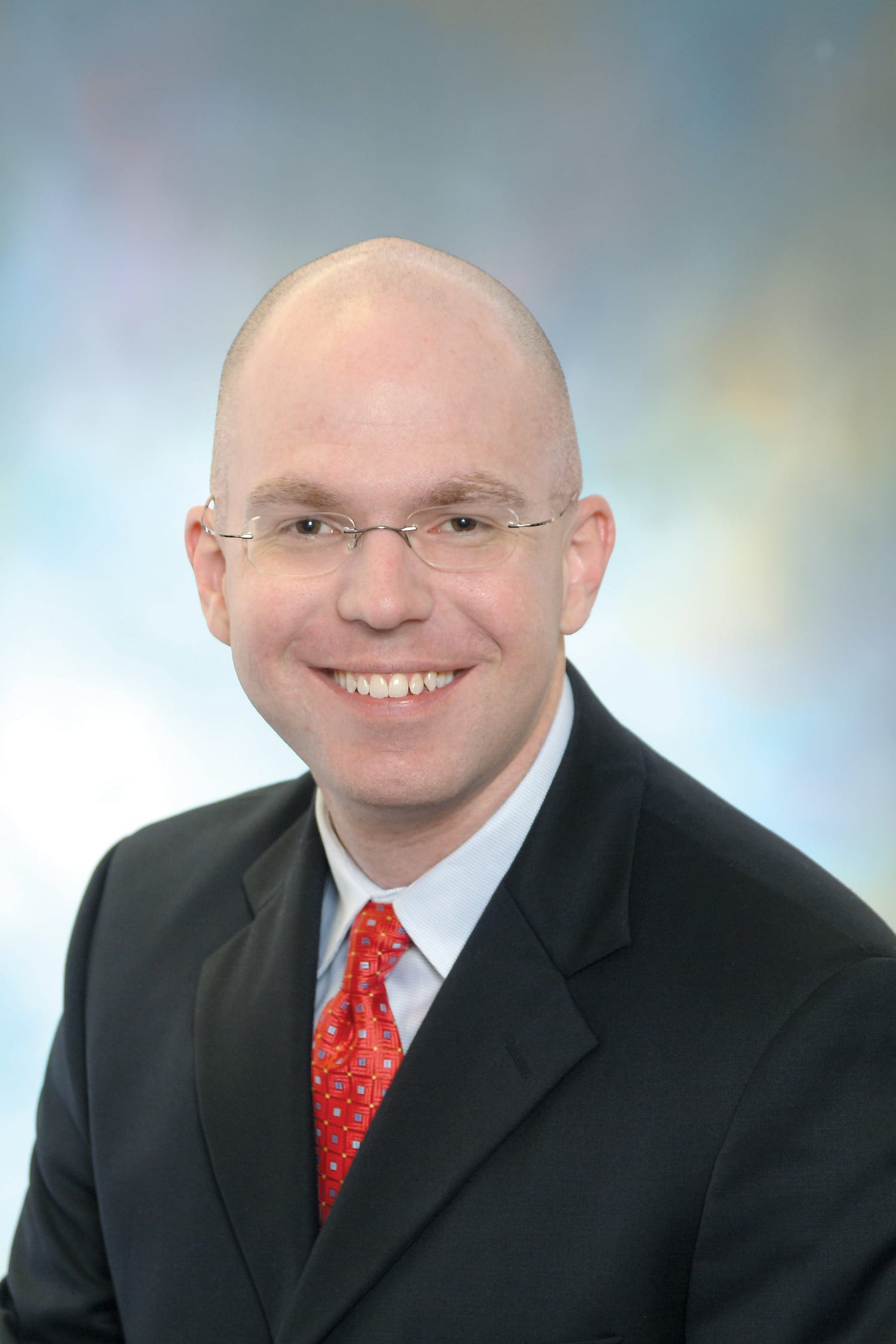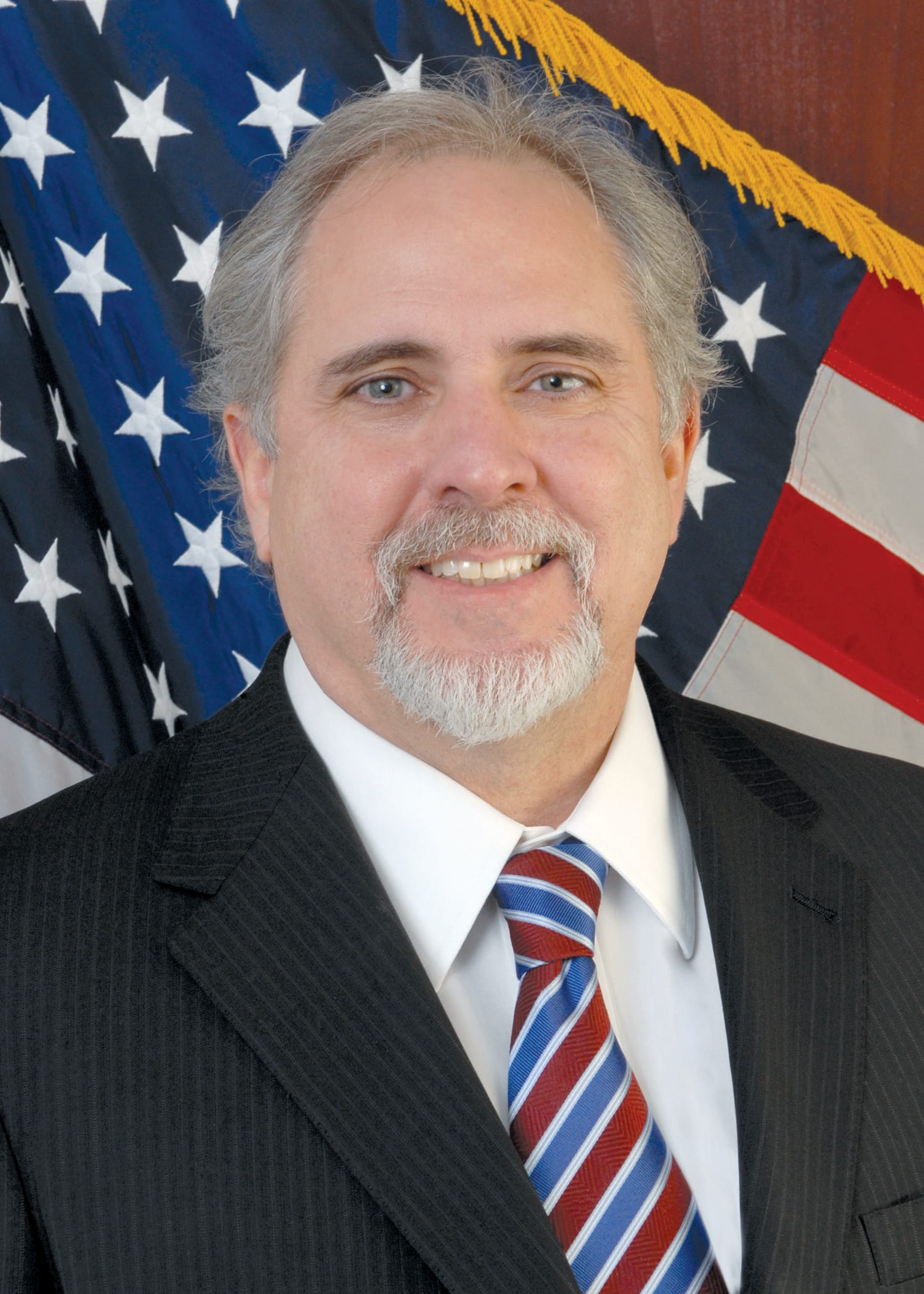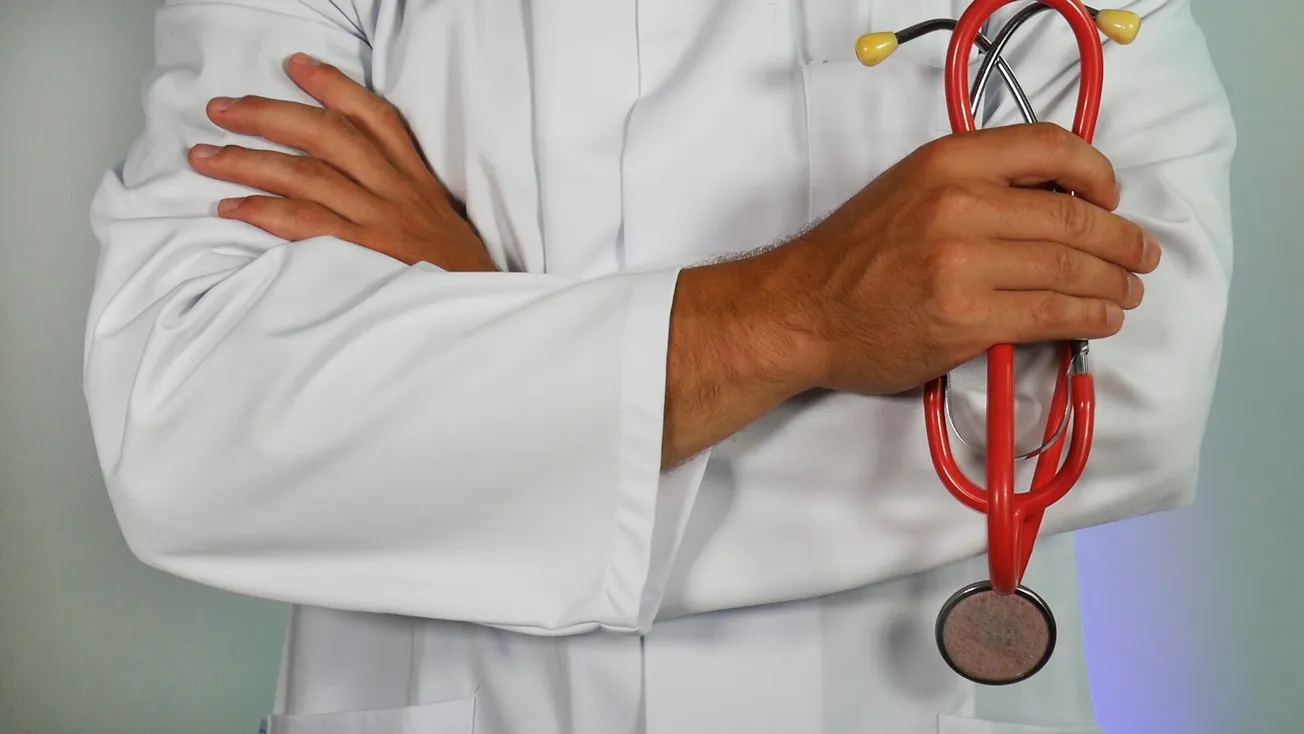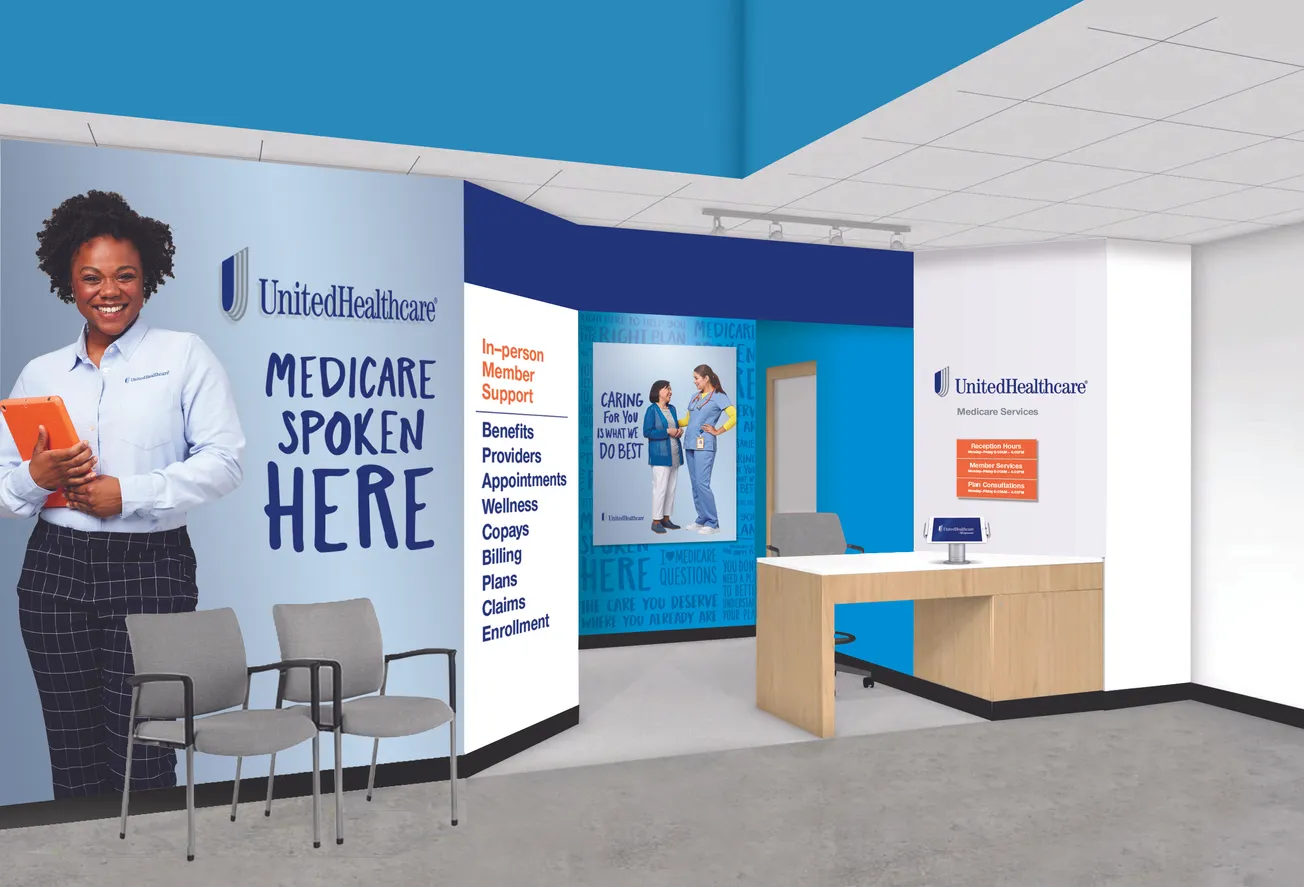Chronic wounds associated with burns and diabetes are a prevalent and costly problem in the United States, prompting demand for treatments that can heal wounds and prevent serious complications, such as infection and amputation.

Bill Oldham
Recent advances in wound healing have the potential to regenerate rather than repair tissue, including customizable nanofiber matrices incorporating novel materials, a variety of autologous and allogeneic cell types at various stages of differentiation, peptides, proteins, small molecules, RNA inhibitors and gene therapies.
Regenerative medicine is a logical approach to wound healing because of the accessibility and structure of skin, the regenerative nature of healing, dearth of good limb salvage treatments and the current application of cell therapies. For these reasons, more research is vitally needed to inform regenerative strategies and lead to the development of new and viable methods.
A Closer Look at Regeneration
and Regenerative Medicine
Regeneration is the reactivation of development processes to restore missing tissue. In wound healing, a distinction is usually made between repair, which leads to a nonfunctional scar, and regeneration, which leads to tissue that is comparable with the original in form and function.
Regenerative medicine may include tissue repair and/or enhancement, the development of tissue that was not previously established — as in the case of genetic anomalies — and techniques or technologies, such as stem cells, molecular medicines, genetic manipulations, tissue-engineered constructs and nanotechnology. The phrase “partial regeneration” has been used to signify healing that restores some, but not all, features of the missing tissue.
Regenerative medicine replaces or regenerates human cells, tissue or organs to restore or establish normal function. Given the substantial progress toward regeneration in wound healing, the inclusion of repair in a definition of regeneration is quickly becoming outdated.

Robin Robinson
Multidisciplinary in nature, this field has risen from a wide range of disciplines, including surgery, organ transplantation, biomaterials science, engineering, developmental biology and stem cell biology. Today, the scope of regenerative medicine includes technologies that induce the body to redevelop missing tissue and engineer tissue or organs designed to replace missing structures.
Collaborative Breakthroughs
on the Horizon
Regenerative technologies developed in one therapeutic area could be applicable to others to uncover the full range of regenerative medicine benefits. Research collaborations, such as that forged between the Thought Leadership and Innovation Foundation and a leading cellular therapy company, are conducting much-needed research in regenerative medicine and chronic disease to innovate methods for reducing complications from burn and diabetic wounds across large populations.
Such collaborations hold great promise for developing breakthroughs in biomedical technologies. For example, an ultra-gentle spray of stem cells could present a special opportunity for investigations and applications in a wide range of regenerative therapies to improve the quality, efficiency and effectiveness of patient care not only by developing new treatment methods but also by making thoughtful and systematic changes to health care and health systems.
A push to adapt new strategies based upon sound scientific evidence should support the continuation of scientific and medical work, providing needed infrastructure — such as lab certification, advanced technology and equipment, and clinical and administrative staff to support research initiatives.
Regenerative strategies have the potential to transform our approach to disease, but developments toward regenerative medicine in wound healing must be explored more fully to identity the challenges and opportunities facing this exciting field and to prepare and incorporate new advances. Such high-level initiatives require federal grants, philanthropic donations and academic partners to aid in the significant advances in regenerative medicine. Research collaborations in regenerative medicine represent the first step toward the development of meaningful and quality therapeutic treatments that will benefit patients around the world.
Bill Oldham is the founder and chairman of the board and Robin Robinson is a fellow at the Thought Leadership and Innovation Foundation.









